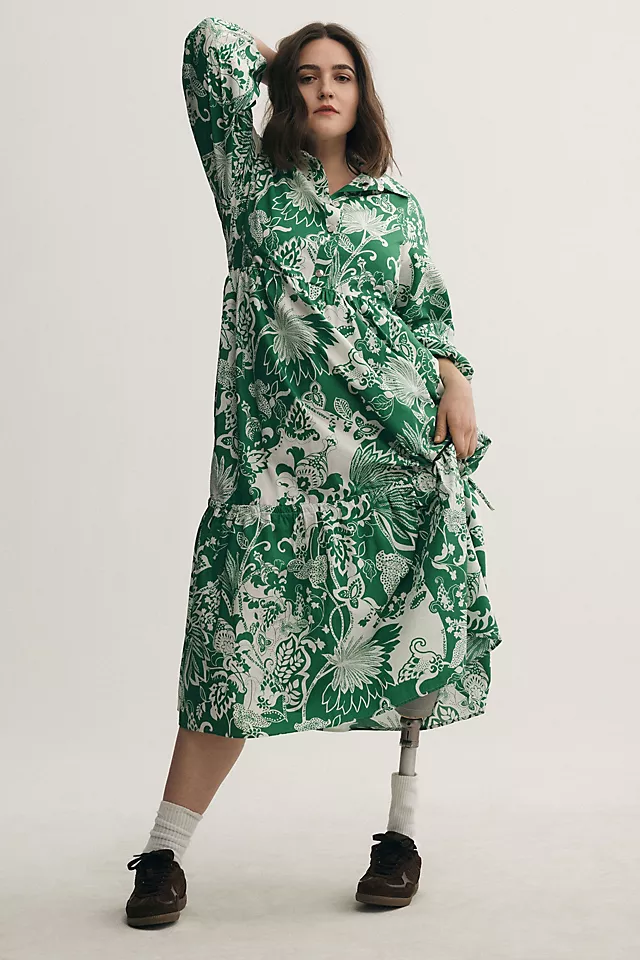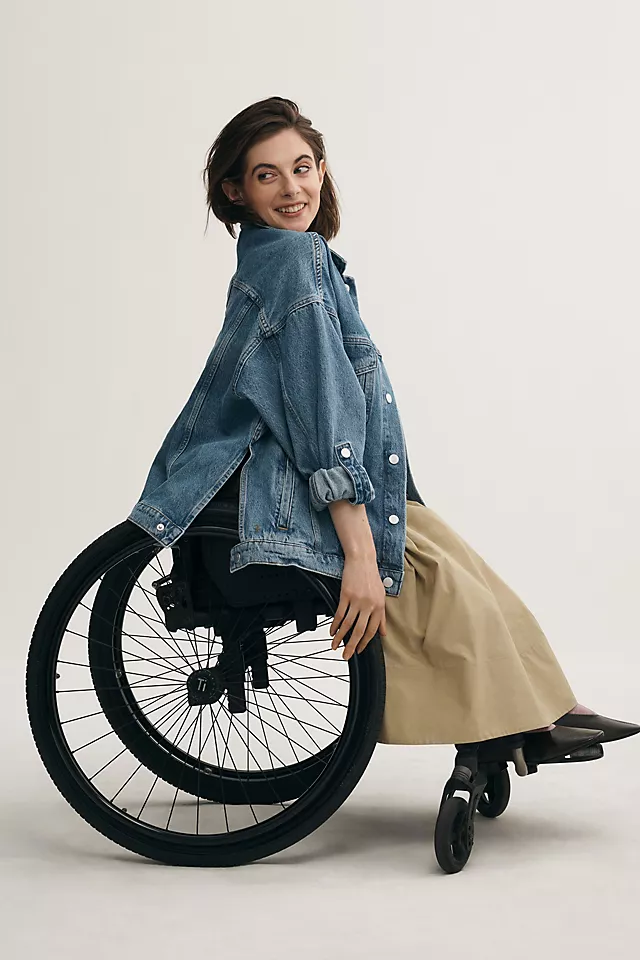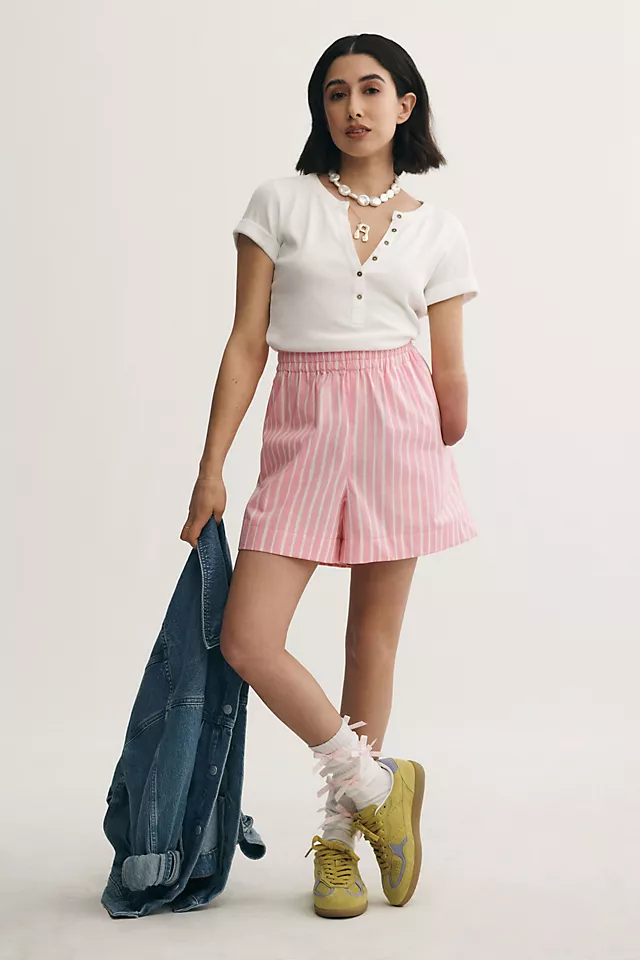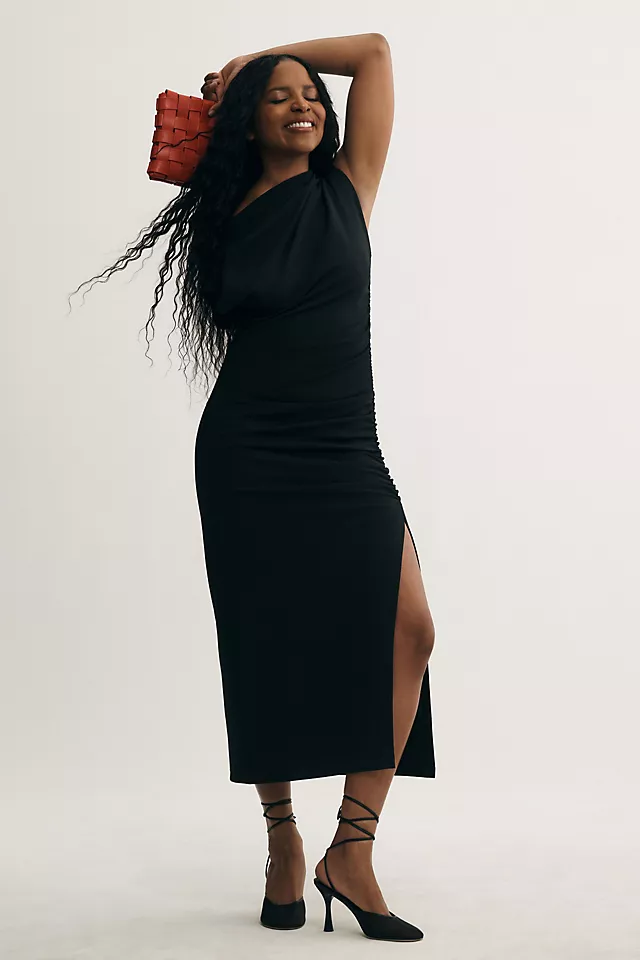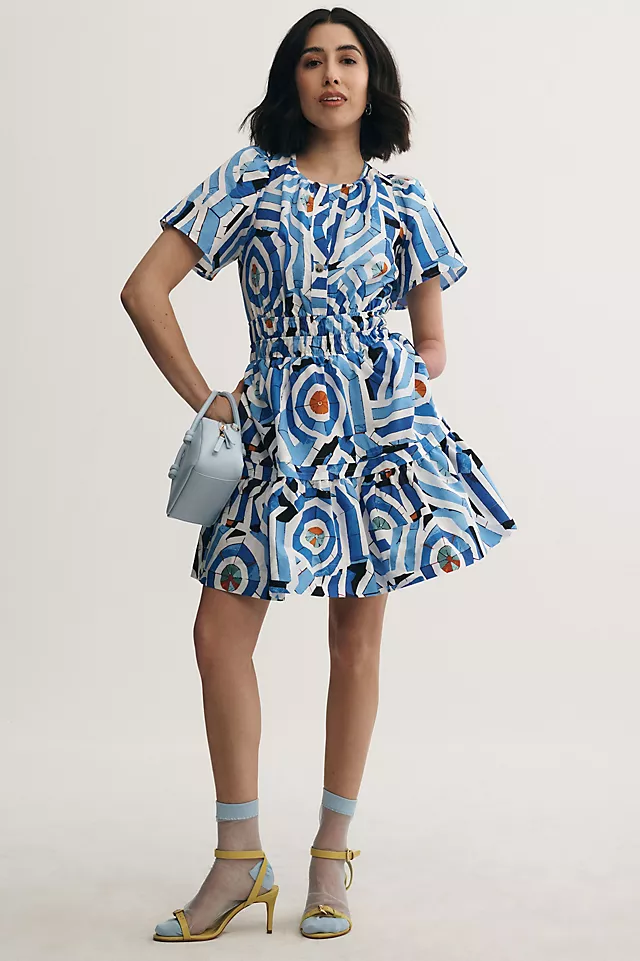Anthropologie’s First Adaptive Clothes Are By and For Fashion Girls
The debut pieces were created with input from women with diverse disability experiences. Each one makes styles Anthropologie already sold even more accessible.
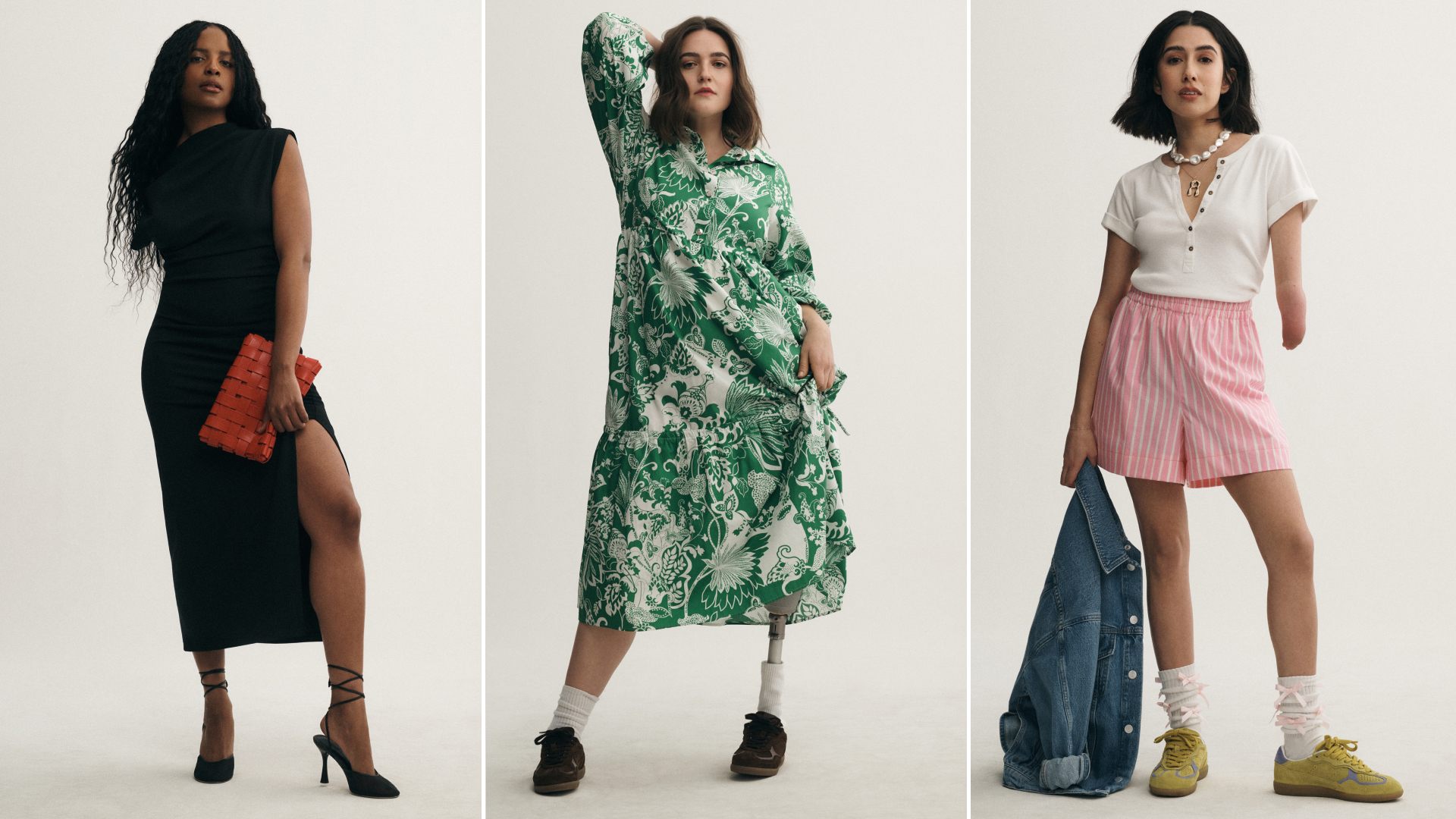
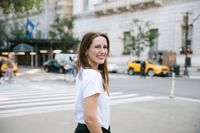
Nashville-based lifestyle influencer April Lockhart proudly identifies as a "fashion girlie." She finds shopping and styling "therapeutic" and has built an audience of more than 140,000 followers by sharing clips of her colorful outfits on Instagram and TikTok. Lockhart was also born with a limb difference, and fully expressing her personal style sometimes comes with compromises.
"Seeing myself in those spheres was always missing," Lockhart tells Marie Claire. The brands she aspired to shop didn't reflect her identity back at her in advertising or required extra tailoring to be wearable. Adaptive fashion, or items designed specifically for people with disabilities, didn't offer a viable solution for someone who says she prioritizes aesthetics over function. "I never shopped adaptive, because style always came first, and if we’re honest, adaptive style has consistently fallen flat," she says.
Bri Scalesse, a model who's used a wheelchair since she was six years old, similarly found that adaptive pieces rarely catered to her sense of style—to the degree that she didn't wear them growing up. While she could find ways to shop strategically and make her favorite brands "work" for her, "what was always missing was the visual representation and voices of disabled people throughout the fashion industry and process," she says. "I longed to see a disabled body like mine in ads and magazines."
Both women are now making what they've always wanted to see available to other shoppers through an inclusivity-minded expansion at Anthropologie. Along with models and creators Maya Moore and Allison Lang, the pair are both faces of the retailer's first adaptive pieces, available online today.

Anthropologie's first clothing with adaptive features arrives online Wednesday, June 5.
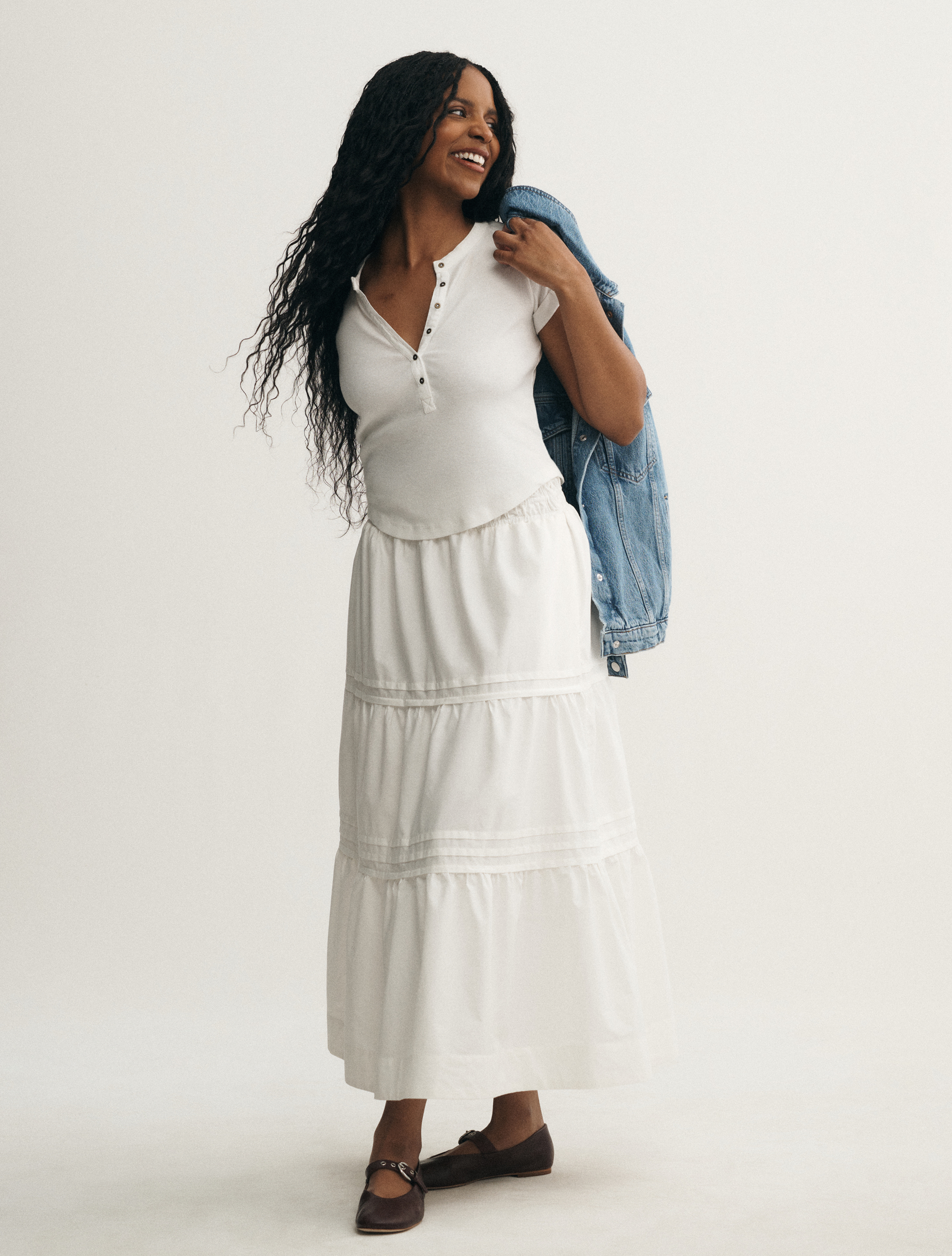
From T-shirts to cowl-neck dresses, each item modifies an existing Anthropologie best-seller with features allowing greater ease of use for people with various physical disabilities.
Anthropologie is entering the adaptive fashion chat with eight pieces created through a year-long process of research and product development. From the $48 button-up Andie T-shirt to the $148 Bettina dress, each item takes a pre-existing Anthropologie bestseller and modifies it with proportions, closures, and details enhancing its comfort-factor for people with disabilities. The overall look is the exact same as Anthro's standard boho-chic fare; the increased accessibility is a notable innovation.
Adaptive designs sold at major retailers are a welcome addition to a large, and largely overlooked, style cohort. While some studies valued the total market for adult adaptive clothing in the United States at $238 million last year, the category isn't nearly as commonly produced as plus, petite, or tall sizes. Few retailers have pieces catered to all abilities that also take major trends and personal style into consideration. (A cursory Google search of "adaptive clothing" will mostly surface scrub-like matching sets, for example.)
The expansion, like Anthropologie's 2019 move into plus-sizes, was informed primarily by underrepresented shoppers who requested it, according to Anthropologie Women's chief merchandising officer Holly Thrasher. To "thoughtfully" turn feedback into a more inclusive repertoire, the brand looked inside (to URBN Adapt ERG, an in-house resource group promoting accessibility and inclusivity) and outside (to experts like Lucy Jones, the founder and CEO of adaptive label FFORA) for insight. "The most common request was for a line that seamlessly integrates style and functionality, prioritizing comfort and ease of wear," Thrasher says.
Get exclusive access to fashion and beauty trends, hot-off-the-press celebrity news, and more.
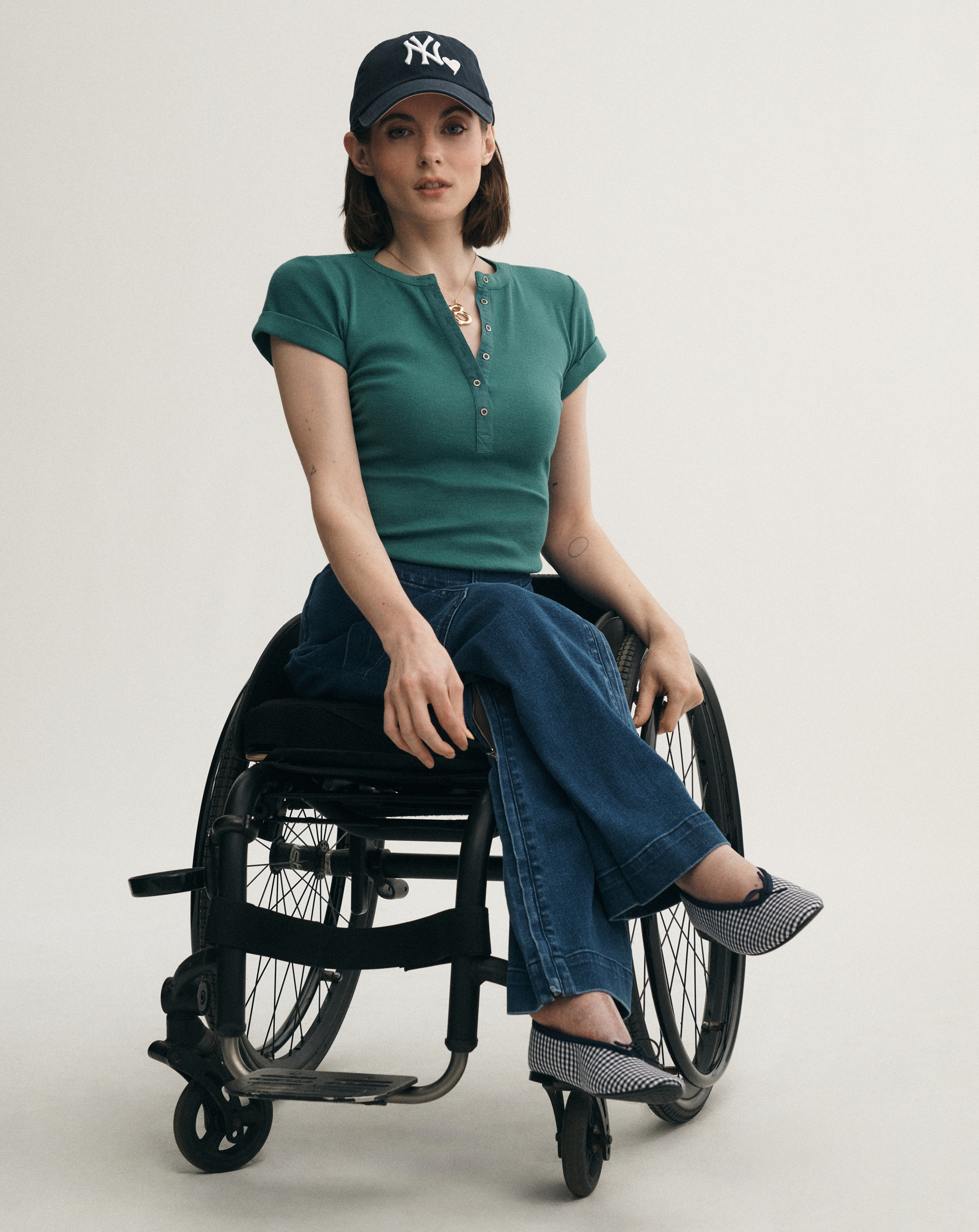
Model Bri Scalesse, above, was one of four women who provided input on Anthropologie's first adaptive collection and wore it in the debut campaign.
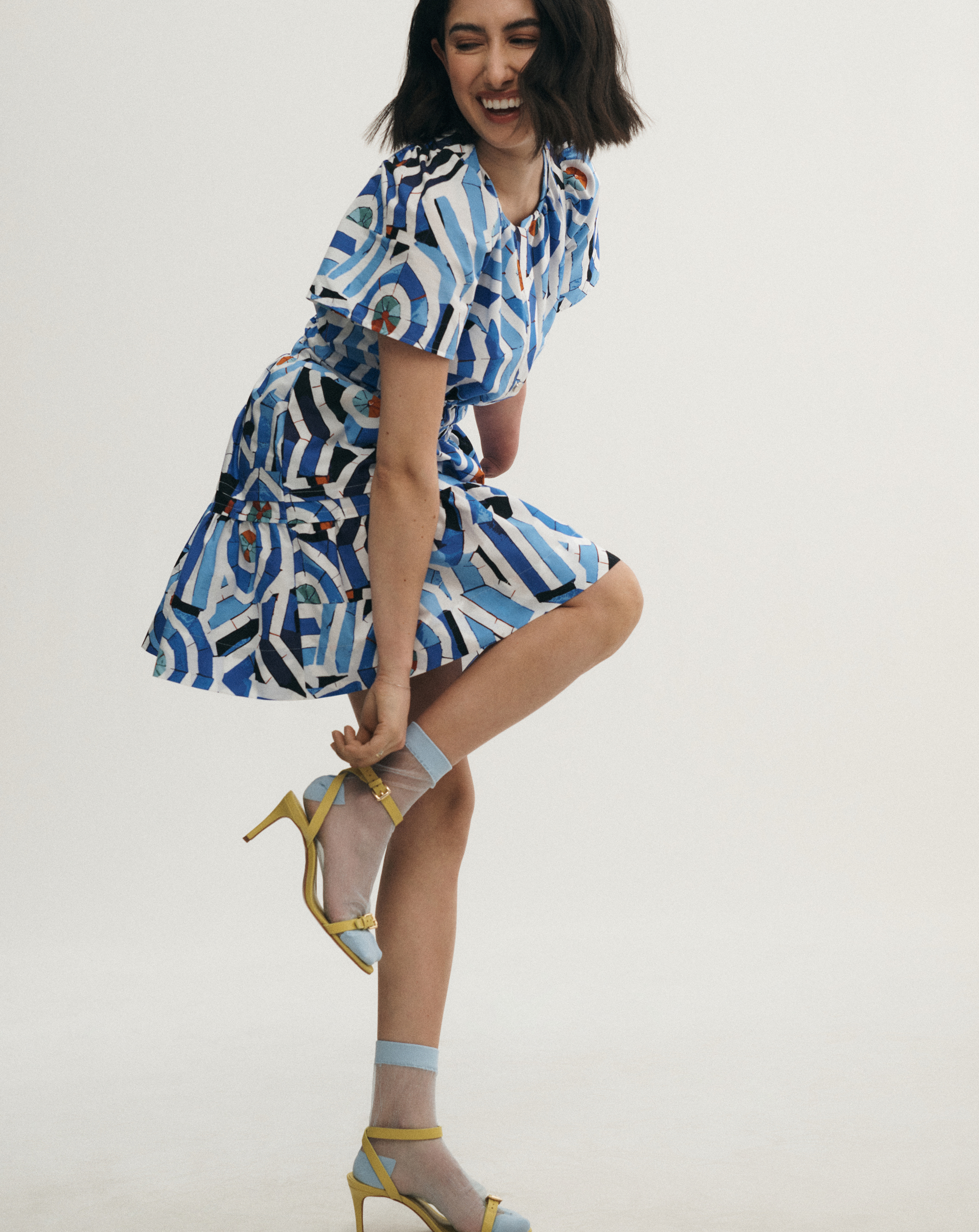
April Lockhart, above, models an adaptive version of the best-selling Somerset mini dress.
Richa Srivastava, chief creative officer of women's concept and design, explains that the adaptive modifications improved the experience of taking each Anthro staple on and off, as well as wearing it all day long. Take the Colette pant for example. Just like the standard design, the adaptive version has a high-rise waist and a cropped flare hem. But to make the pants more comfortable for wheelchair users, Anthropologie took a three-fold approach. "We adjusted the rise to better suit someone seated, eliminated back pockets to reduce bulkiness when sitting, and incorporated features like magnetic snap closures, zipper openings along pant inseams, as well as tabs and snaps for customizable length adjustments," Srivastava explains.
The disabled community loves fashion just like the rest of the fashion world. They don’t want separate collections, they just want to buy the clothes they normally buy from the retailers they love.
April Lockhart, creator and model for Anthropologie's adaptive clothing
One piece of design feedback from the disability community became the team's design North Star, according to Srivastava. Shoppers who use a wheelchair or a prosthetic limb don't necessarily want styles exclusive to them; they want to be included in brands' versatile, cool lineups from the beginning.
"What often doesn’t feel right about adaptive wear is that it is its own separate line with styles that are not comparable to the non-adaptive lines," Scalesse says. "I cannot express how much I love that Anthropologie took some of its best-selling pieces and made them adaptive."
Lockhart agrees that the designs strike a balance she hasn't found in fashion before. They're "extra comfortable and a lot easier to put on compared to other pieces I own, but [they] made me feel put together, powerful, me."
Anthropologie is also displaying its pieces with "adaptive features" right next to its other size categories, not hiding them somewhere else on the site. "For that to be seen by everyone shopping Anthro is pretty major for the disabled community," Lockhart says. "It doesn’t exclude us to a separate collection page, it’s not creating new product that they 'think' disabled people might want—this is truly inclusive."
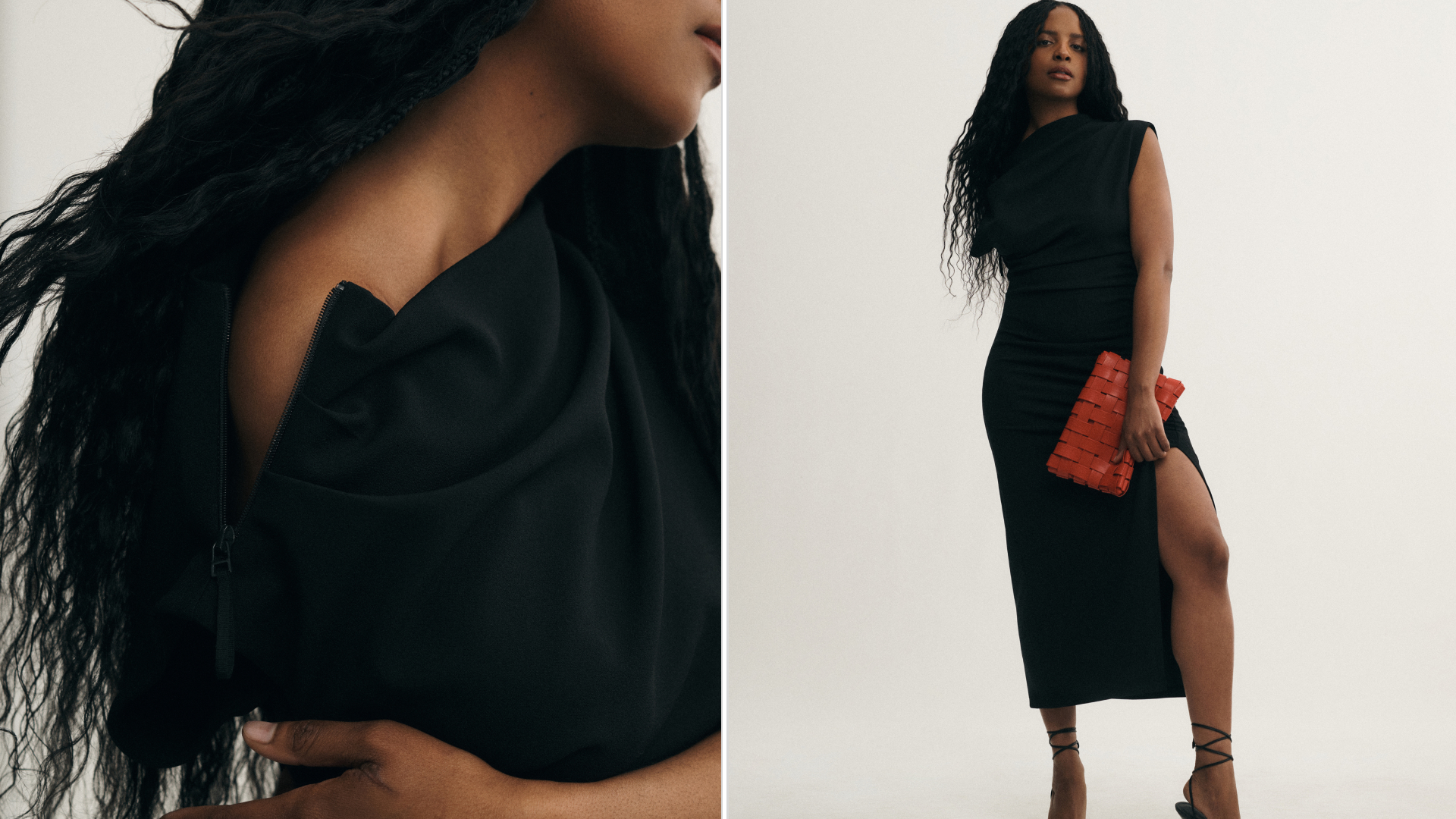
The Maya dress, a top-rated style, was modified with an easy on, easy off loop pull on the zipper.
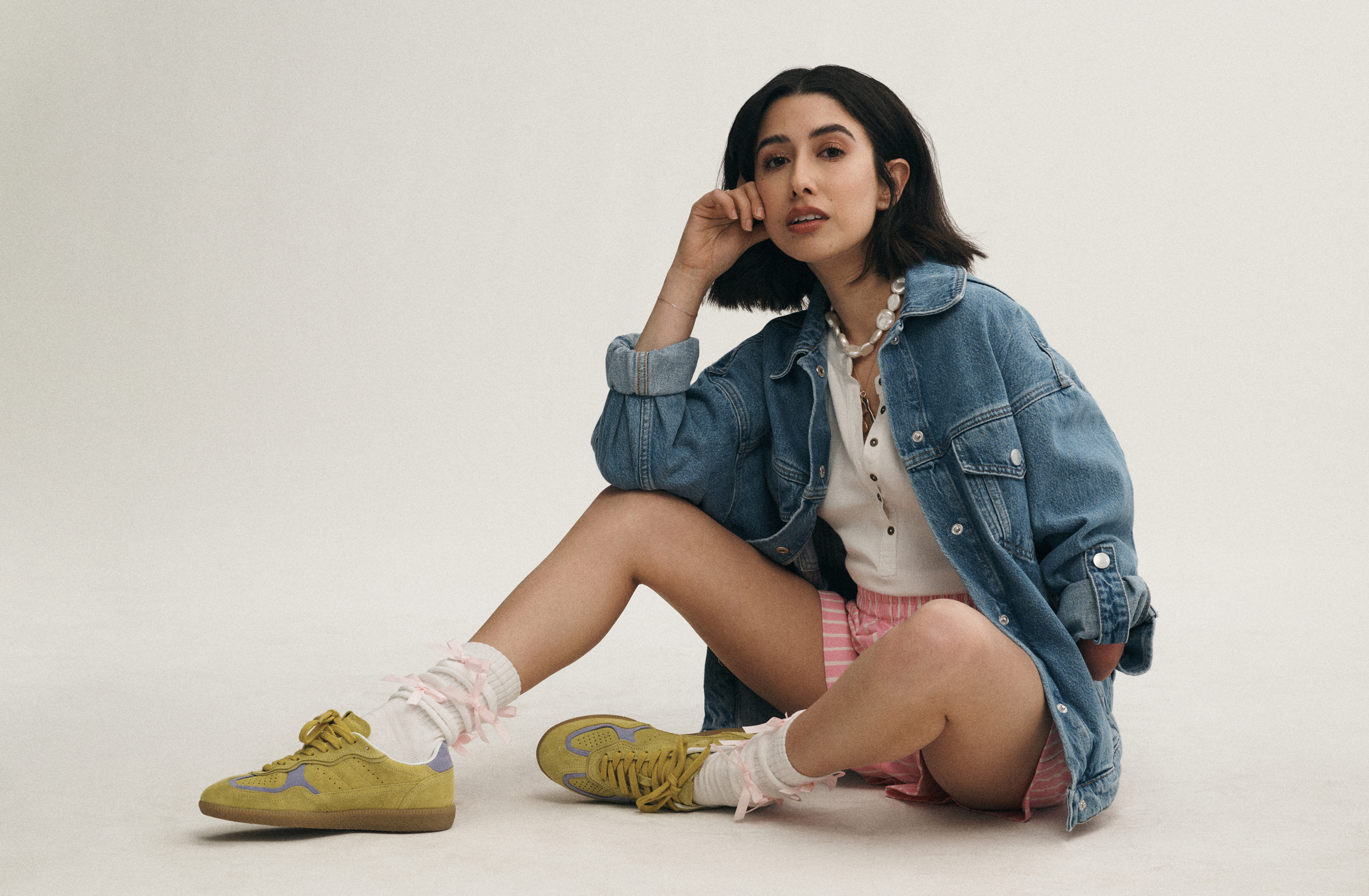
Anthropologie says this is the first of many adaptive additions to its lineup and that all items will be "seamlessly merchandised" alongside its standard, petite, tall, and plus clothing.
What this launch isn't is a one-and-done release. Eight pieces alone can't cover every need of every individual or fully compare to the hundreds of options available in standard sizing on the rest of Anthropologie's website. Still, it's a start. "[T]hey’ve committed to this just being step one," Lockhart says. "It doesn’t have to be perfect to be progress."
Thrasher, the Anthropologie executive, hopes that the line can be a "positive example" to other brands. An inclusivity blueprint can manifest both in the products made and in the people wearing them, Scalesse notes. "I don’t think every brand has to make one-time adaptive lines, but instead should include disabled people in the process in front of and behind the camera, always."
"My dream would be that other brands take note and start to think of ways to simply make the clothes they’re already making more universal," Lockhart says. "The disabled community loves fashion just like the rest of the fashion world. They don’t want separate collections, they just want to buy the clothes they normally buy from the retailers they love." Fashion girlies come in all shapes, sizes, and abilities. They all deserve the same options when they're getting dressed.
Shop Anthropologie's First Adaptive Clothing

Halie LeSavage is the senior fashion news editor at Marie Claire. She is an expert on runway trends, celebrity style, and emerging brands. In 8+ years as a journalist, Halie’s reporting has ranged from profiles on insiders like celebrity stylist Molly Dickson to breaking brand collaboration news. She covers events like the Met Gala every year, and gets exclusive insight into red carpet looks through her column, The Close-Up.
Previously, Halie reported at Glamour, Morning Brew, and Harper’s Bazaar. She has been cited as a fashion and beauty expert in The Cut, CNN Underscored, and Reuters. In 2022, she earned the Hearst Spotlight Award for excellence and innovation in fashion journalism. She holds a bachelor’s degree in English from Harvard College.


